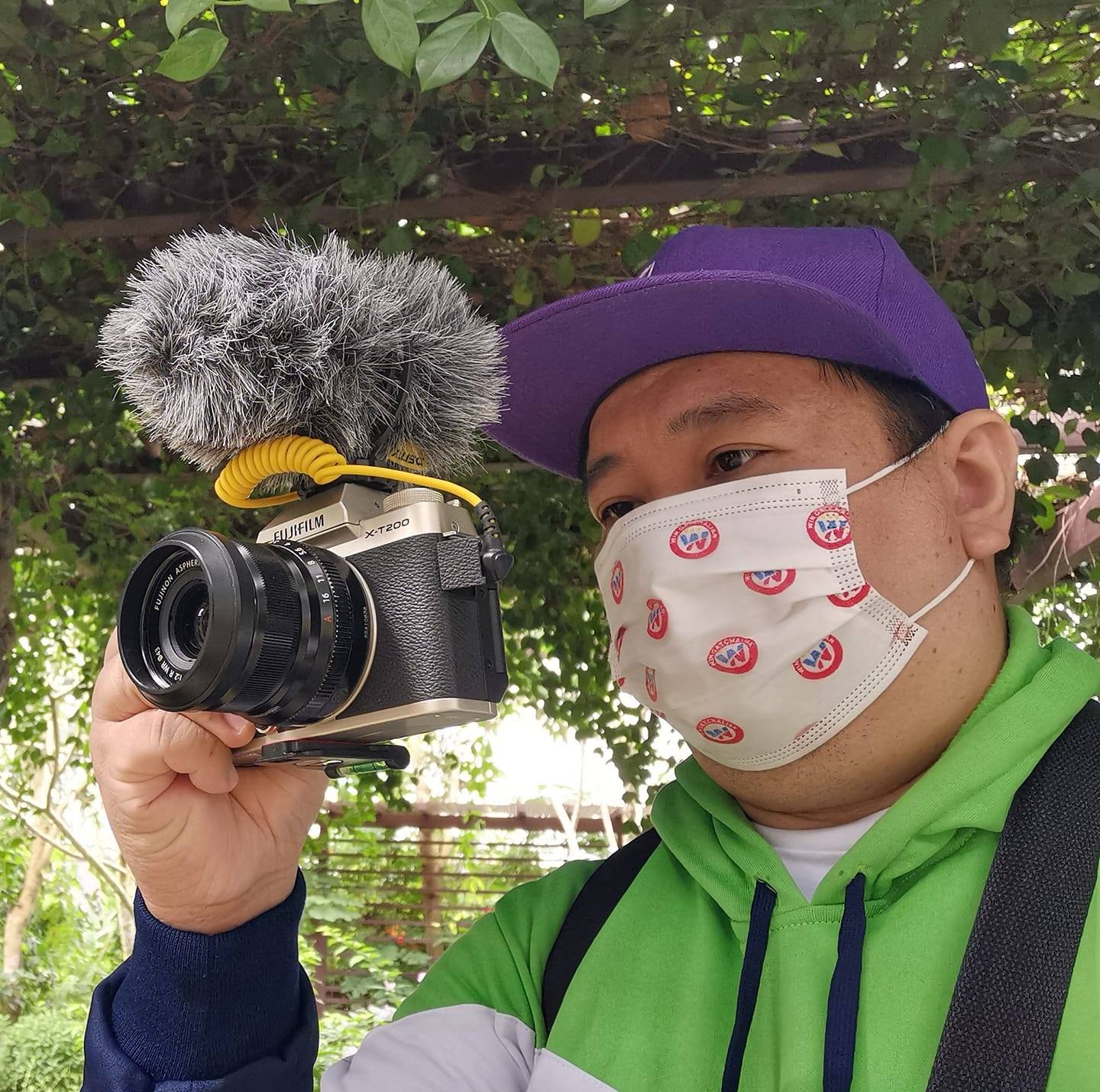hmm..im not a comic artist or writer, but my support for Philippine Comics is big and even that I dont publish anything , Im still supportive and giving a big assistance on what matter that we can do in order to maintain what we wanted to happened in this so called industry.
yup, as John Becaro said - its a big wake up call.
// surprised and mind boggled after seeing this posted in a series of Deviant art journals
read more here Dr. John A. Lent - The Transformation of Asian Comic Books — 1990s-2006
here are some snippets from the article
In the Philippines, there is even a genre called Pinoy (Philippine) manga. New companies are doing Pinoy manga, such as Culture Crash and Questor, and, artists are following the Japanese style. Although some commentators feel manga and anime have brought Filipinos back to comics, others think they have removed the Philippines’ illustrious history of komiks production from public consciousness. Filipino cartoon historian Benjamin Ong recently wrote:
Then you have the generation that grew up on Japanese cartoons on local TV, that were (to no fault of their own) never exposed to the old komiks legends, and never given a strong sense of what it means to be a Filipino that their version of a Filipino character is a Japanese looking, and Japanese stylized drawing of a Japanese character with a Filipino name. Again, I cannot fault them but fault society for caring more for what is “cool,” and “in fashion” than what is truly Filipino.
and another one
The old Philippine komiks scene was starting to die out already in the 1970s, with the onslaught of martial law and the migration of artists to the U.S. By the 1990s, when young Filipino cartoonists could no longer find publication outlets, they started small companies to publish their own comics and formed groups of independent cartoonists such as Alamat Comics. Among new companies were Mango Comics and Nautilus Comics; other publishers, such as Adarna (children’s books) and Visual Print Publications, ventured into graphic novel publication. Mango is a family firm, headed by comics artist Hugo Yonzon III, whose father was a prominent Philippine cartoonist. The staff includes at least six individuals who carry the Yonzon name. A main activity of Mango in recent years is the reprinting of the Mars Ravelo classic Darna comic book series. In 2004, the company also started Mwahaha Magazine.
The komiks movement of the late 1990s was composed mostly of young creators without much business savvy. The dilemma is exacerbated by the fact that the creators, first weaned on Marvel and DC comics and later influenced by manga, have no sense of identity as Filipinos.
and another
Finally, though not new to Asia, adaptations and spin-offs of the comics have changed in their intensification. For a long time, comic books featured in movie screenplays in Japan, Hong Kong, Korea, India, China, the Philippines, and elsewhere; until recently, up to 50 percent of all Filipino films came out of the komiks. In the past five years, the Philippines have had a rebirth of komiks movies. Similarly, there have been many animation adaptations and merchandise lines of comics, particularly in Japan, but increasingly throughout East Asia.
and.
All over Asia, comics and cartoon professionalism is on the rise. A few more examples suffice to make the point: a planned Philippine Comics Art Museum in San Pablo City; a comics fair in Taipei that draws more than 100,000 fans annually; a well-frequented, Taipei government comics library of more than 60,000 books, established in 1998; other comics conventions in Malaysia (Comic Fiesta), Indonesia (Komikasia), and the Philippines (KOMIKON, established 2005); and the appearance of books and periodicals devoted to Asian cartooning.









0 Comments